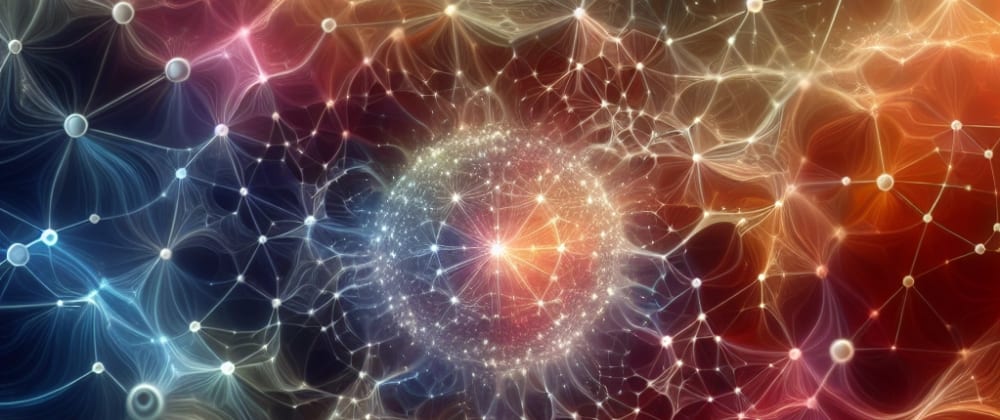Quantum Networks: The Future of Secure and Efficient Communication 🌐🔐
In today's digital age, our lives revolve around the internet and the vast network of computers that keep us connected. But as our reliance on these networks grows, so too do the risks of hacking, surveillance, and data breaches. Enter quantum networks – the next frontier in secure and efficient communication. 💻🔒
The Basics of Modern Internet Networks 🌐
To understand the potential of quantum networks, let's first take a look at how modern internet networks operate. The internet is essentially a global network of computers that communicate with each other using a standard set of protocols, such as TCP/IP. 📡💻
When you send an email or access a website, your data is broken down into packets and transmitted across the network, hopping from one router to another until it reaches its destination. Along the way, your data is vulnerable to interception, tampering, and hacking. 📨🕵️♂️
The Quantum Advantage 🚀
Quantum networks, on the other hand, leverage the principles of quantum mechanics to transmit information in a way that is inherently secure and resistant to eavesdropping. 🔐💪
At the heart of quantum communication is a phenomenon called quantum entanglement. When two particles become entangled, their properties become linked in such a way that any change to one particle instantaneously affects the other, regardless of the distance between them. 🔗🎆
By encoding information onto entangled particles, quantum networks can transmit data in a way that is virtually unhackable. Any attempt to intercept or tamper with the transmission would immediately be detected, thanks to the delicate nature of quantum states. 🔒👨💻
Advantages of Quantum Networks 🌟
Beyond their unparalleled security, quantum networks offer several other advantages over traditional internet networks:
Efficiency: Quantum networks can transmit information more efficiently than classical networks, thanks to the use of quantum algorithms and the ability to process vast amounts of data simultaneously. ⚡💾
Scalability: As quantum computing technology advances, quantum networks have the potential to scale up to handle increasingly complex tasks and larger volumes of data. 📈🖥️
Applications: Quantum networks have a wide range of potential applications, from secure communications and financial transactions to distributed sensing and blind quantum computing. 🏦🔍
Integration: Quantum networks can be integrated with existing classical networks, allowing for a smooth transition and the ability to leverage the strengths of both technologies. 🤝🌐
Challenges and Future Prospects 🚧
Of course, realizing the full potential of quantum networks is not without its challenges. Researchers are still working on developing reliable quantum hardware, error correction techniques, and standardized protocols for quantum communication. 🔧💡
However, with major tech companies and governments investing heavily in quantum research, the future of quantum networks looks bright. As the technology matures, we can expect to see increasingly sophisticated and secure communication networks that will revolutionize the way we connect and share information. 🚀🔮
Conclusion 💡
Quantum networks represent a paradigm shift in the way we think about communication and cybersecurity. By harnessing the power of quantum mechanics, these networks offer the promise of virtually unhackable data transmission, increased efficiency, and a wide range of transformative applications. 💪🔐
As we continue to navigate the challenges and opportunities of the digital age, quantum networks will undoubtedly play a crucial role in shaping the future of secure and efficient communication. 🌐💡
So buckle up and get ready for a quantum leap into the future of networking! 🚀🌌



















